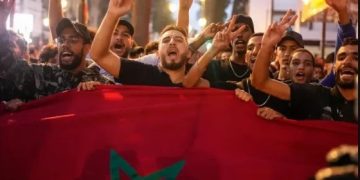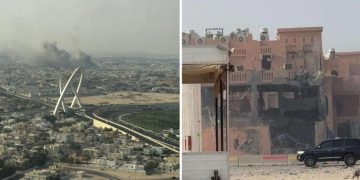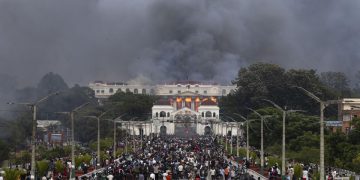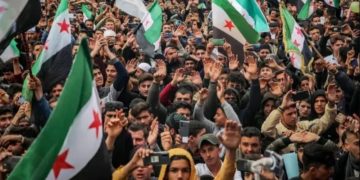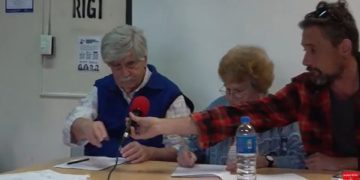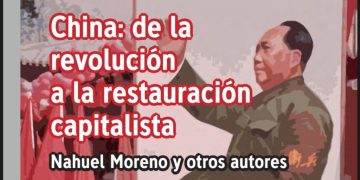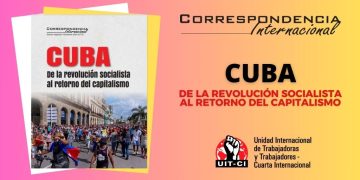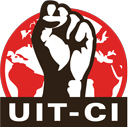Strikes and labour revolts, youth and grassroots rebellions travel the continents, from China to South Africa, via Chile, Greece and Egypt. There are millions in the world who stand up and face the harshness of the adjustment plans that imperialism and the bourgeoisie would impose so the workers and the people pay for the crisis. They bring down bloodthirsty dictators as in North Africa and face repression and the criminalization of protest with renewed strength and courage to beat all comers, causing the crisis and even the fall of several governments.
What is new is that this economic crisis of capitalism began in the heart of imperialism, the United States, settled in Europe and with different rhythms and intensities covers all countries, because the crisis is global. However, the importance of the arrival to the struggles of labour and popular sectors in Europe is strategic; as it is also the beginning of the protests in the United States, though still weak. It will be there where the tug of war between the revolution and the counterrevolution will be decided, these are the bastions that imperialism thought as impregnable when they unleashed their exploitation primarily in the colonies and semi-colonies. But today, given the magnitude of the economic crisis, they have no other choice but to attack their own working class and other grassroots sectors.
The severity of the crisis of the world capitalist imperialist economy, the extent and depth of the response of the masses and the mass methods of direct democracy, rejecting the old and new bureaucracies, as well as the new democratic bodies that they create, can only be explained because the global Stalinist apparatus no longer exists. The most powerful world counter-revolutionary apparatus, that in the name of «socialism» helped sustain capitalism since the imposition of the Bonapartist bureaucracy in the former USSR ceased to exist. This fact, of historic proportions, forcefully marks the new century and for us it is what explains the situation we are living.
The collapse of Stalinism opens better and larger spaces to advance in overcoming the crisis of revolutionary leadership. The new «apparatuses» such as the Castro-Chavism have begun their decline and crises showing, once again, the narrow limits of bourgeois nationalism. But the crisis of leadership remains the fundamental problem, because, despite the best open conditions, it has not been resolved. The challenge is great, since the capitalist restoration that was completed in the former bureaucratized worker states, from the hand of the bureaucracy and imperialism, initially brought delusions and also confusion.
Just as there is a breakthrough in anti-capitalist consciousness, there is also a reluctance to form parties. Wide sectors of the fighting vanguard deny the importance of centralization, of the program, of leadership. Temporarily strengthened are anarchists or autonomists sectors, or that reject electoral participation as a space for disputing of the masses. In summary, the central focus of this stage around which it is necessary and urgent to articulate the program, which is the problem of the power of the underdog, of the the working class and popular power to advance towards socialism with workers democracy and the need for a revolutionary party, this is faced not only with the logical confusion of people, but also with the surrender of revisionist and / or neo-reformists currents. The latter publicizing that the world can be changed without taking power, that you have to form parties with the reformists, as the program is secondary or other ideologies like that.
But we know that in times of revolutions it is possible to advance in a few days what would take years in times of peace. Therefore, the revolutionaries must intervene in this rich reality with all audacity and without sectarianism, learning to participate in these powerful processes helping and disputing their leadership, attempting to converge with the most fighting and consistent sectors. Electoral unions, left fronts, joint lists of opposition in the trade unions to sweep the bureaucracy or in the student movement to defeat the government agents, unity of action to promote the mobilization, wide student or union currents. All tactics should be used to build poles of reference to help sectors of masses to move towards the program and the Revolutionary Party in each country. In the same way, to search the minimum revolutionary points that can bring together and unify currents, groups and sectors coming from other revolutionary traditions or that are fruit of the current situation, must be our commitment to continue building a revolutionary International.












